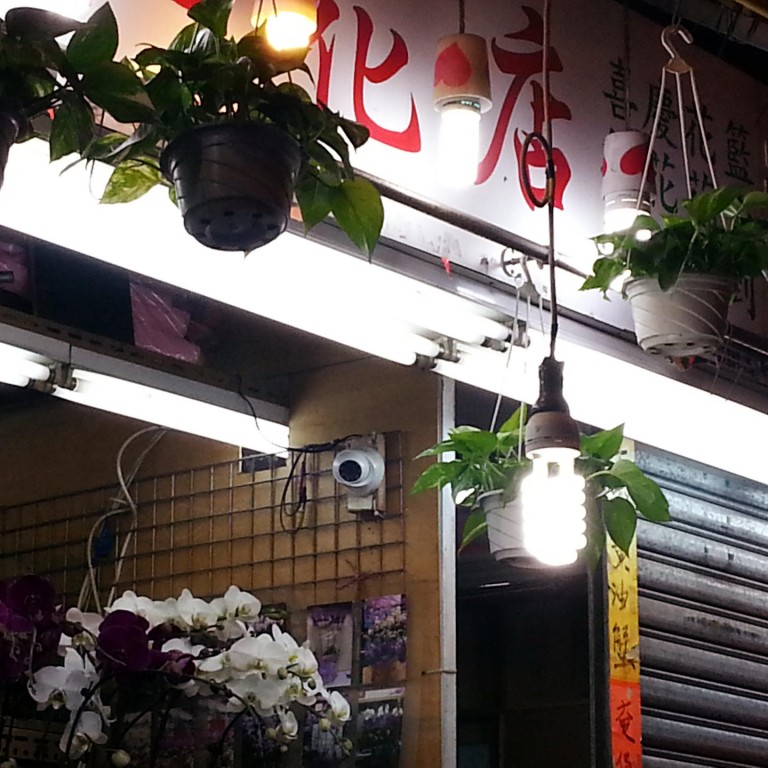
50,000 CCTV cameras in Hong Kong's skies causing 'intrusion' into private lives
Housing Authority leads the surveillance pack with more than 20,000 CCTVs, bearing out warning of everyday intrusions into people's lives
CCTV surveillance cameras have become such a common feature of Hong Kong that you barely notice them. But rest assured, they notice you.

To test its concerns, the Sunday Morning Post took a trip from Causeway Bay to Chek Lap Kok airport to find out just how much being watched has become a part of everyday life in one of the busiest cities in the world.
The Post counted at least 100 cameras during the 80-minute trip, which involved visiting street-level shops and shopping malls and using several types of transport.
Professor Andrew Adams, an information ethics expert at Meiji University in Tokyo, arrived at the same number in a similar study over the course of a day in the Japanese capital. Since 2005, Adams has studied the social and ethical implications of CCTVs.
There was limited research on any direct links between a high saturation of CCTVs and a low crime rate, he said, but this did not stop people from using surveillance cameras as a blanket solution.
"Politicians and police seem to present it as a magic anti-crime mechanism without saying exactly how it helps," he said.
Most operators adopt a one-size-fits-all model, which is often not cost effective and may infringe on privacy. Adams called on governments to develop a set of scenarios and the appropriate system standards.
For instance, if a camera is meant to monitor activities at a late-night drinking establishment, it can probably be turned off during the day.
"Operators need to look at what the primary purpose is and how we can achieve this goal appropriately," he said. "As an ethicist, I'm looking at the unwanted impact of such surveillance."
Adams said the resulting images were often a helpful tool in criminal investigations, but having cameras in public and private places did not necessarily prevent crime. In one case, the CCTV images did not prevent a murder from happening.
Based on figures obtained from various government departments that operated CCTVs, the Post has made a conservative estimate that the city has at least 50,000 such cameras.
A number of the departments declined to disclose cameras' locations, while most private entities refused to reveal any details, citing "security reasons". But the transparency of this increasingly ubiquitous form of physical surveillance is crucial in order to protect the public from unwarranted monitoring, the Office of the Privacy Commissioner for Personal Data says.
The privacy watchdog released guidelines stating the public should be "explicitly informed that they are subject to CCTV surveillance".
Last year, it found that the MTR Corporation, which has more than 4,000 CCTV cameras installed at its stations and on trains, failed to put up obvious notices telling people they were being monitored.
The company also kept the data recorded for longer than needed, the office said.
The Housing Authority operates more than 20,000 CCTV cameras, while the Immigration Department has about 1,000 placed at its 12 border control points and the police, about 220. The Hospital Authority has 5,400 cameras at its public hospitals and clinics.
At the Legislative Council complex in Admiralty, 443 CCTV cameras are in operation, with videos kept for "a specified period of time" for security purposes.
The Customs and Excise Department has about 700 cameras installed at checkpoints. It keeps video records for up to 90 days and has not received any complaints about the cameras in the past three years.
Architect and associate professor Wallace Chang Ping-hung, from Chinese University's school of architecture, has looked extensively at public open space in private developments and urban design in Hong Kong.
"CCTV is a privacy nuisance as there is oversurveillance in most public areas in Hong Kong," Chang said, though he recognised its usefulness in securing high-risk areas such as banks and also in monitoring traffic.
The privacy watchdog said CCTV use in the public and private places of Hong Kong for security reasons or for monitoring illegal acts had become "increasingly widespread".
